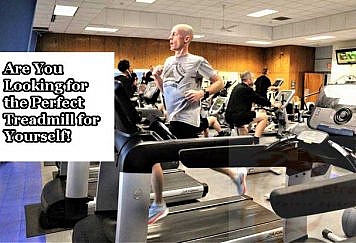Yoga is a popular practice in the U.S., with millions of studios and daily posts across social media. Although the origins of yoga are centuries old, the practice came to the U.S. in the 19th century. The literature came first, then the practice evolved through multiple booms. Today, you can take a yoga class from home and learn everything you need to know about philosophy.
Some people start yoga to lose weight, increase flexibility and mindfulness, reduce blood pressure, or relieve anxiety and depression. The potential therapeutic benefits of yoga have contributed to its widespread practice. Modern technologies like the internet, learning management systems, and social media have made yoga accessible to anyone.
Brief History of Yoga in the U.S.
Swami Vivekananda is credited with introducing yoga to America during his 1893 World Parliament of Religions address. Fifty years before the infamous Chicago address, sacred Indian texts emerged in Concord, Massachusetts. The texts sparked interest in Indian philosophy among intellectual circles. Several groups emerged from the rising fascination and encouraged the understanding of the philosophy and cultural practices of the East.
Many books about yoga surfaced during this period. Popular titles include Treatise on Yoga Philosophy (1851) by N.C. Paul and The Light in Asia (1878) by Edwin Arnold. The books made their way into the American public, which led to a rapid shift from literature to practice. Swami Vivekananda, a monk of 30, traveled to America in 1893 to give a speech at the World Parliament of Religions. He also visited various parts of the country, teaching yoga philosophy.
The monk is credited for physical and meditative forms of yoga that have become the norm in the U.S. His book Raja Yoga explained how yoga meditation could lead to higher awareness and spirituality. Many yogis and yoga students came after Vivekananda and introduced various aspects and forms of yoga, including hatha, breath control, life energy, and postures. Yoga studios also emerged everywhere as the practice took different forms and shapes.
What Made Yoga Popular in the U.S.
Yoga has gone through different phases since its introduction in the 1890s. Text and teachers from India are credited with making the practice popular in different cities. Yogis like Swami Vivekananda, BKS Iyengar, Pattabhi Jois, TKV Desikachar, and P Indra Devi are prominent forces that spread yoga throughout the west. Influential figures and celebrities also helped spread yoga by making it seem trendy and rewarding.
Here are other things that helped make yoga popular:
1. Cultural Diversification
People traveling from America to India and back returned with knowledge of some Indian philosophies like yoga. Indians coming to the U.S. also held on to their traditional beliefs and practices. Cultural diversification is one of the top reasons for the spread of yoga after gurus and monks.
2. Yoga Studios & Classes
As the population of Indians and yoga students in the U.S. increased, so did studios and learning centers. People could easily find a yoga class with a skilled teacher offering to train students in yogic belief systems and practices. Yoga became readily accessible to people who wanted to try its therapeutic and mental health benefits.
3. Internet & Media
Although yoga was popular throughout the 19th century, the practice spread exponentially due to the internet and mainstream media. Yoga can be seen in movies, TV, celebrity shows, magazines, and other places. Online yoga classes also emerged and made yoga accessible from the comfort of your home.
4. Inherent Benefits
Those who practice yoga have concrete benefits they can point to. People began seeing the benefits of yoga when the practice backed the literature. Yoga can relieve various mental issues and retrain your brain and body to move better in life. You can practice yoga for a sharper brain and improved moods.
Finding a Good Yoga Class
The proliferation of yoga studios and classes has made philosophy and practice accessible to everyone. You only need a smartphone, tablet, or computer. Online lessons allow you to practice yoga at home. You can leverage live streams, one-on-one lessons, recorded videos, and authentic yoga literature. All you need is a reputable, experienced yoga teacher.
Not all yoga is created equal. You should choose the best yoga class available based on your needs. Some forms focus on meditation, while others feature more intense workouts. Find a yoga trainer that can go at your pace. The priority should remain to achieve your goals with yoga and improve fitness and self-awareness.
Follow TechStrange for more Technology, Business, and Digital Marketing News.





